Puberty In Girls
- jessicaaqian
- Nov 12, 2024
- 4 min read
Updated: Apr 17
What is puberty?
Puberty is the process of changes in your body. It starts at different times based on a few factors, such as nutrition and genetics, are some common changes that you may experience as you go through puberty:
1. Breast Development

Breast development usually starts between 8 to 13 years old, beginning with the swelling of the nipples – called breast buds. This could cause them to be tender, sore, and likely itch while the skin starts to stretch as it grows. At this point, it is advisable to get first bras (or “training bras”) to help with breast development.
As you progress through puberty, your breasts will grow in size and appear fuller and rounder. This is when you will progress to bras with more support, such as bras with underwires.
2. Growth of Body Hair
You will start to notice growth in underarm and pubic hair. Although breast development is usually the first indicator of puberty, growth of body hair could also be the first indicator.
3. Growth Spurt in Height
This starts roughly when you notice growth of body hair, and is the fastest at the start of puberty before your menstrual period begins.
4. Start of Menstrual Periods
This will be explained in more details in the next page.
What are Periods?
If the egg is not fertilised during the ovulation period, the lining in your uterus will start breaking down. The lining tissue along with menstrual blood will then be passed out of your body through your vagina. This is what you call menstruation, or periods.
Menstruation typically starts between the ages of 12-14, but it is normal for girls to begin menstruating earlier or later. Depending on how long your menstruation cycle is, this will happen roughly once a month. It is normal for your periods to be irregular when they first start – your cycle should regulate after a few years.
Women usually stop menstruating, or experience menopause, at around 45 to 55 years old.
Premenstrual Syndrome (PMS)
Premenstrual Syndrome (PMS) is a combination of both physical and emotional symptoms that occur before the start of your period.
Some common symptoms include, but are not limited to:
Physical Symptoms
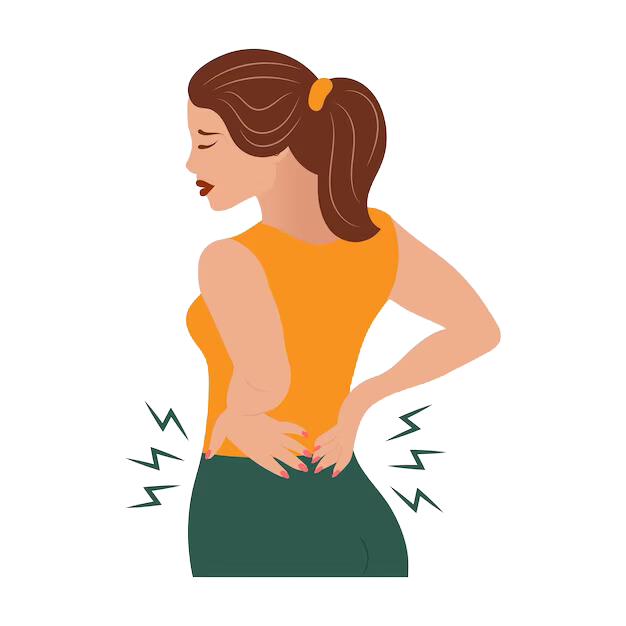
Bloating, gassiness or cramping
Swollen or tender breasts
Constipation or diarrhoea
Headache or backache
Emotional Symptoms
Irritability
Mood swings
Food cravings or changes in appetite
Although these are common, do visit a doctor if these symptoms are severely affecting your daily life.
Common Types of Menstrual Products
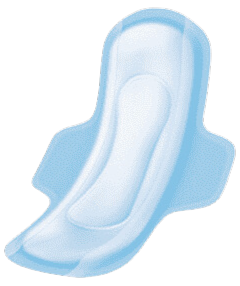
Sanitary Pad
Currently one of the most common products, especially for females who have just begun to menstruate
Cotton-based product that is stuck on the inner part of the panties to absorb the discharge during your period
Needs to be changed every 3-4 hours, or when it is full
There are many different brands and types on the market, with variations in their thickness, absorbency and length. It is a good idea to test out different brands to find one that works for you.
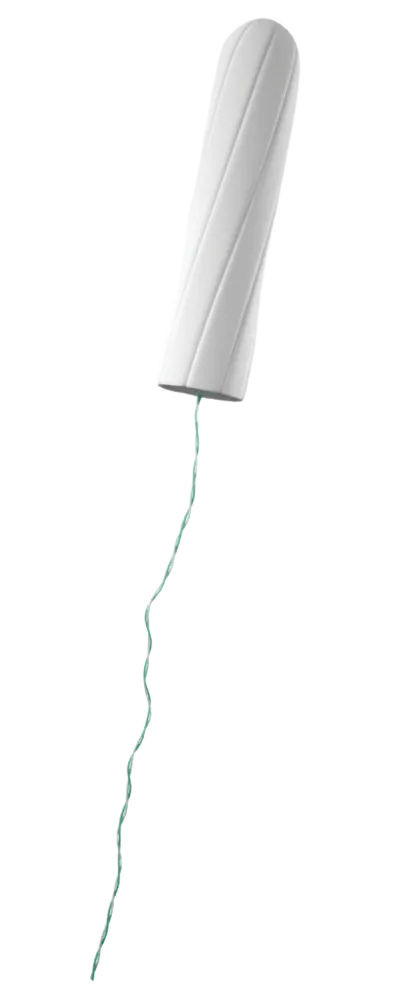
Tampon
Cotton cylindrical product inserted into the vaginal canal to absorb the discharge during your period
Needs to be changed every 3-4 hours, or when it is full
There are varying levels of absorbency. It is best to start with a lower level, as the risk of Toxic Shock Syndrome (TSS) could increase with higher absorbency, making the tampon highly saturated with blood and causing rapid bacterial growth
Menstrual Cups
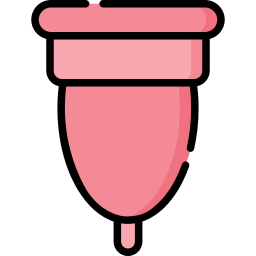
Bell/U-shaped silicone cups that are inserted into the vaginal canal to collect the discharge during your period
Needs to be changed roughly every 12 hours, or when it is full
Growing in popularity over recent years as they are reusable up to 10 years (depending on usage and care), thus being cost- and environmentally-friendly
It is essential to sterilise the cup in boiling water before use
Pros and Cons at a Glance
There are many other menstrual products in the market. Do research carefully on the advantages and risks of each product before trying them out.
How to Alleviate Menstrual Pain
Before and during your period, your uterus contracts, making it normal to feel cramps at this time. Some may experience discomfort in your lower back area or thighs. Here are some tips for reducing the pain:
1. Pain-Relief Medication

Over-the-counter pain relief medications are useful to temporarily relieve the pain. There are medications specifically for periods too. Do check with your doctor whether the medicine is safe to consume.
2. Heat
Place a hot water bottle, hot cloth or heated pad on your lower abdomen where you feel the cramps
Take a hot shower
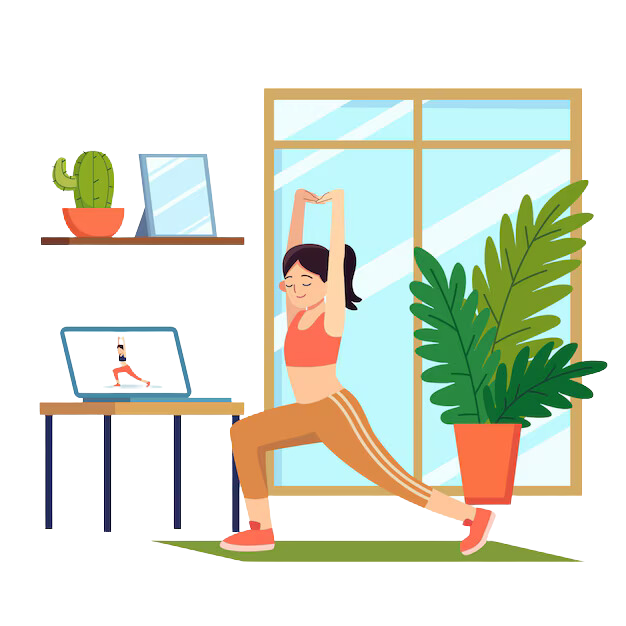
3. Exercise
Light exercise and stretching can help to alleviate cramps
4. Seek Medical Attention
If your pain severely affects day-to-day living, it might be helpful to see a doctor.
References
American Academy of Pediatrics. (n.d.). Physical development in girls: What to expect. HealthyChildren.org. https://www.healthychildren.org/English/ages-
Medical News Today. (2019, February 28). What to know about menstruation. https://www.medicalnewstoday.com/articles/325790
MSD Manual Consumer Version. (n.d.). Puberty in girls. https://www.msdmanuals.com/en-sg/home/women-s-health-issues/biology-of-the-female-reproductive-system/puberty-in-girls
Planned Parenthood. (n.d.-a). Menstruation. https://www.plannedparenthood.org/learn/health-and-wellness/menstruation
Planned Parenthood. (n.d.-b). What can I do about cramps and PMS? https://www.plannedparenthood.org/learn/health-and-wellness/menstruation/what-can-i-do-about-cramps-and-pms
Young Women’s Health. (2010, April 21). Menstrual periods. https://youngwomenshealth.org/2010/04/21/menstrual-periods/
Written and edited by: Yong Yong Qing | Edited by: Wong Su Ting | Designed by: Tan Ning Xin








Comments